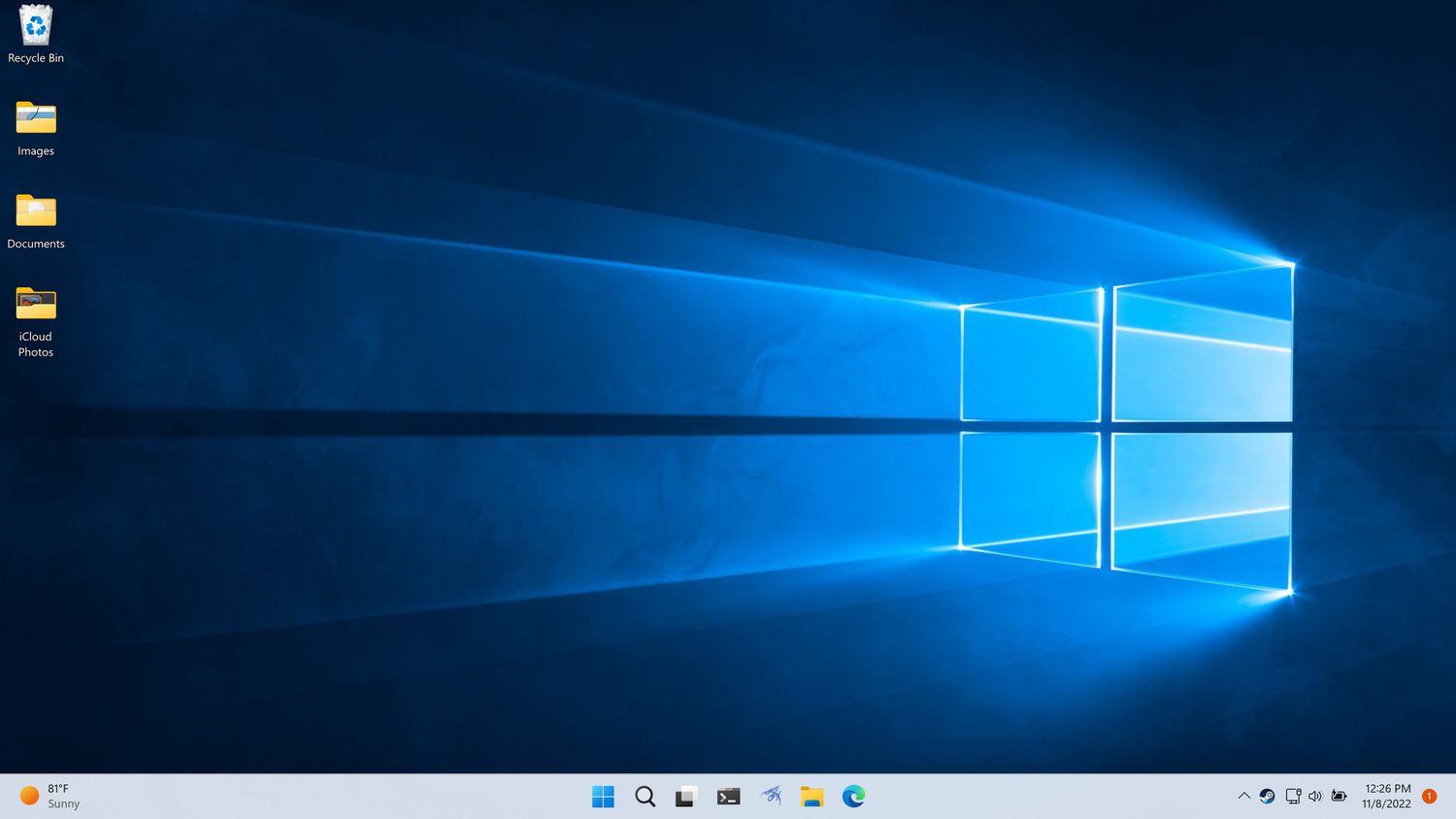Windows 11 introduced a sleeker design and improved functionality, but some core tools remain as essential as ever, including File Explorer. File Explorer allows users to easily navigate their files and folders and offers powerful search capabilities for locating documents, images, applications, and other data stored on your computer. This guide will walk you through how to use Windows 11’s File Explorer search feature effectively, ensuring you can find what you need quickly and efficiently.

Why Use File Explorer Search in Windows 11?
File Explorer is not just a file navigation tool. Its built-in search functionality enables you to:
- Quickly locate specific files or folders without having to manually browse through different directories.
- Search for files using specific parameters like date modified, file type, and size.
- Save search queries for future use.
Whether you’re an occasional user or a power user managing large amounts of data, mastering the search functionality can save you time and improve your workflow.
Also Read- How To Search For Keys, Values, And Data Inside Registry Editor In Windows 11
Key Features of Windows 11 File Explorer Search
Before diving into how to use File Explorer’s search feature, let’s first understand its key features:
- Search Box: The search box is conveniently located at the top right corner of File Explorer, where you can enter your query.
- Search Filters: You can refine your search results by applying filters, such as file type, date modified, and more.
- Search Options: Windows 11 File Explorer supports advanced search queries using Boolean operators like AND, OR, and NOT to narrow down results.
- Search Tabs: File Explorer in Windows 11 retains your search history and offers quick navigation to your recent queries.
Step-by-Step Guide to Search in Windows 11 File Explorer

Let’s dive into the step-by-step process of using Windows 11 File Explorer’s search feature effectively.
1. Open File Explorer
Before you can search for files, you need to open File Explorer. Here’s how:
- Press Windows + E on your keyboard. This will instantly launch File Explorer.
- Alternatively, you can click on the File Explorer icon in your taskbar or start menu.
2. Locate the Search Box
Once File Explorer is open, locate the search box at the top-right corner of the window. This search box is your primary tool for searching through files and folders.
3. Type Your Search Query
In the search box, type the name or keyword related to the file or folder you’re looking for. File Explorer will automatically start showing results as you type, based on the current folder you’re in.
- If you know the exact name of the file, type it in.
- For a more generic search, you can enter part of the file name or keyword, and File Explorer will return all items that match.
Also Read- How To Change Video Frame Rate For Game Recording In Windows 11
4. Refine Your Search Using Filters
Once you’ve entered your query, you can refine your search by applying various filters. Windows 11 offers a variety of filter options to narrow down the search results. Here’s how to use them:
- File Type: To search for specific file types (e.g., .docx, .jpg, .pdf), type
type:followed by the file extension. For example, if you’re looking for Word documents, typetype:.docx. - Date Modified: You can search for files modified during a specific time period. To apply this filter, click on the Date Modified option in the toolbar, and choose from predefined options like “Today,” “This Week,” or “This Year.” You can also specify a custom date range.
- Size: If you’re searching for large or small files, type
size:followed by the file size. For example,size:>1MBwill show files larger than 1MB. - Kind: Use the
kind:operator to filter by categories like documents, pictures, or videos. For example,kind:picturewill return only images.
5. Use Boolean Operators for Advanced Search
For advanced users, File Explorer supports Boolean operators to perform complex searches:
- AND: To find files that contain both search terms, use
AND. For example,report AND budgetwill return files that include both “report” and “budget.” - OR: Use
ORto search for files containing either of the terms. For example,presentation OR slideshowwill return files that have either of those words. - NOT: Use
NOTto exclude specific terms from the search results. For example,project NOT completedwill return files that contain “project” but not “completed.”
Boolean operators allow you to narrow down your search more effectively, especially when you have many files with similar names.
6. Search Specific Folders or Drives
You can perform a search within a specific folder or drive instead of searching your entire PC. This is useful when you know the general location of the file or folder you’re looking for. Here’s how:
- Navigate to the folder or drive where you want to search.
- Enter your query into the search box.
This restricts the search to the current folder or drive, delivering more focused results.
7. Save Your Search for Future Use
If you find yourself searching for the same files frequently, you can save your search query for future use. This feature can save you time, especially if you’re working with large amounts of data.
Here’s how to save a search:
- After performing your search, click on the File menu in the top-left corner of File Explorer.
- Select Save Search from the drop-down menu.
- Choose a name and location for the saved search.
You can now access this saved search from the location you saved it, making it easy to run the query again without re-entering the search terms.
8. Use the Search History
Windows 11’s File Explorer also keeps track of your recent searches. To access your search history:
- Click on the search box.
- A drop-down menu will appear showing your recent queries.
You can click on any previous query to run the search again without typing it manually.
Also Read- How To Hide Or Show Uninstalled Products In Microsoft Store App Library In Windows 11
9. Search from the Start Menu for Files in File Explorer
Windows 11 integrates the search feature across the system, and you can also search for files directly from the Start Menu. Here’s how:
- Press the Windows key or click on the Start button.
- Type the name of the file or folder you’re looking for.
- Windows will display search results, including items stored in File Explorer.
This method is particularly useful for a quick search when you don’t want to open File Explorer manually.
10. Troubleshooting File Explorer Search
If you experience issues with File Explorer search, here are a few troubleshooting steps:
- Rebuild Search Index: Windows maintains an index of your files to make searching faster. If search results are incomplete or incorrect, rebuilding the search index can help. Go to Control Panel > Indexing Options, click on Advanced, and then click Rebuild.
- Check Search Settings: Ensure that File Explorer is configured to search your desired locations. Open Indexing Options and verify which folders and drives are included.
- Update Windows: Sometimes search-related bugs are fixed in Windows updates. Ensure your system is up to date by going to Settings > Windows Update.
Conclusion
Windows 11 File Explorer is a powerful tool for managing and searching files efficiently. Whether you need to locate a single document or browse through a large database of files, mastering the search feature can save you time and effort. By following the steps outlined in this guide, you can easily locate your files using filters, Boolean operators, and advanced search techniques.
Don’t forget to save frequent searches, use the Start Menu for quick file searches, and customize your search settings to get the most out of Windows 11 File Explorer’s search capabilities.

































